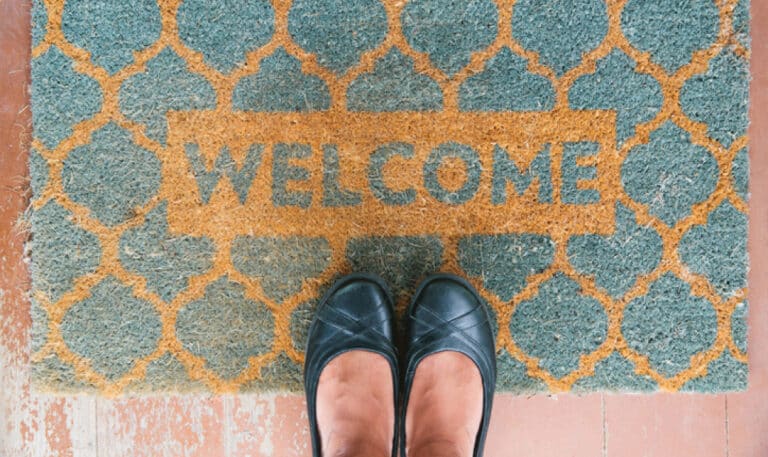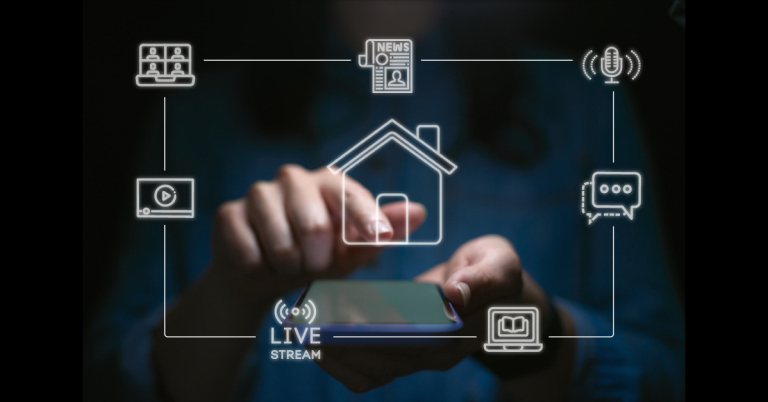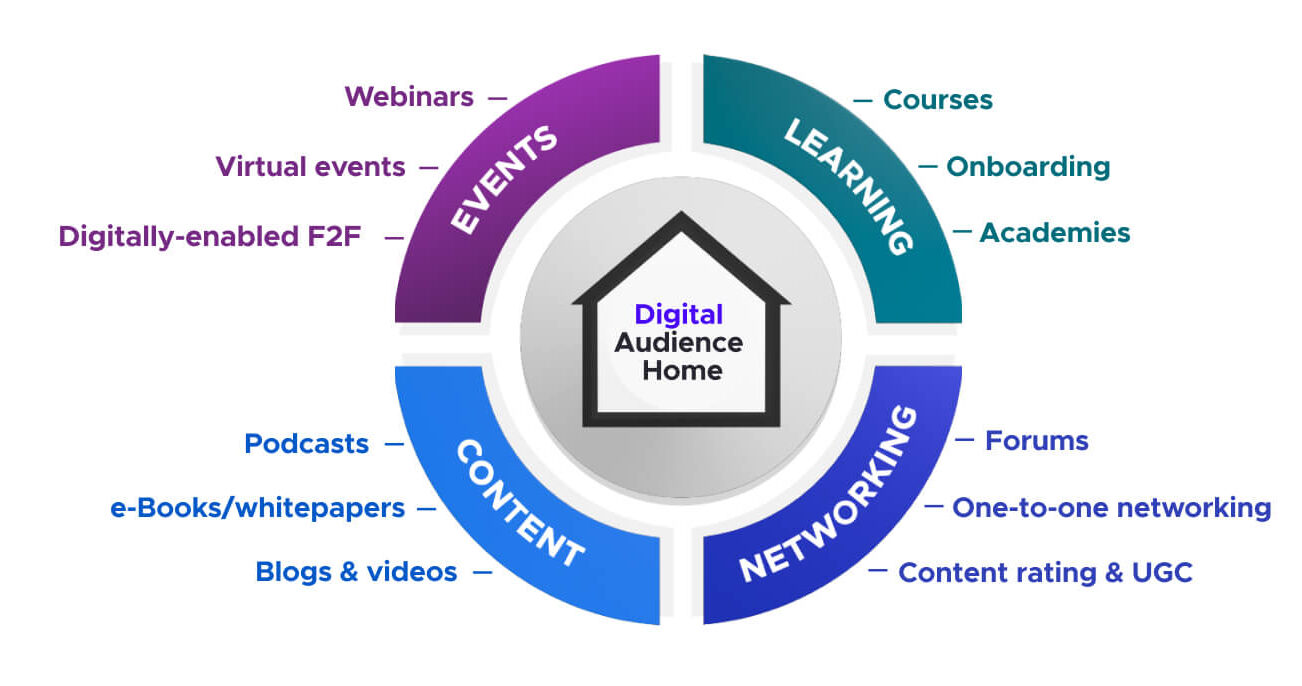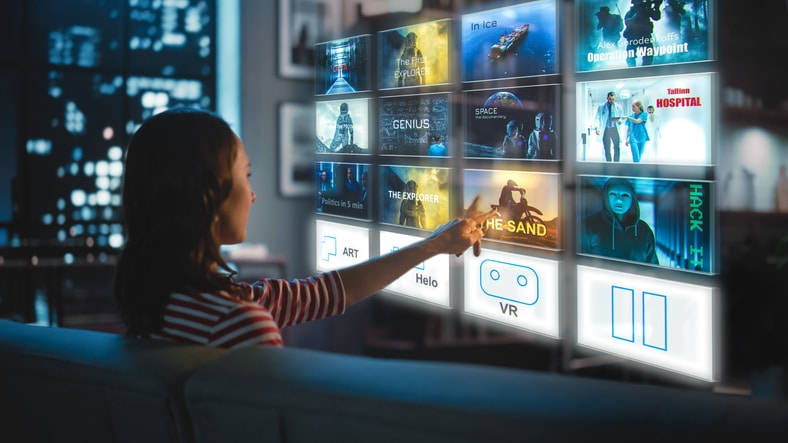
The Audience Home: The Next Frontier for Events and Digital Marketing
The time has come for events to take their place at the digital marketing table. Event professionals have a un...

Do you really own the relationship with your audience?
For many brands, this is the ultimate goal, but the reality can look quite different. We part with a huge amount of budget in order to put paid ads out on social media, Google and other third-party platforms, as well as distributing our content across different industry publications and our own social media channels.
But ultimately, we don’t truly own any of these audiences or their data. That’s why they are referred to as a rented audience.
Relying on a rented audience is expensive and runs the risk of your content being de-prioritised beyond your control. But there is a much cheaper and more effective way to convert prospects – by building a direct relationship with your audience through your owned media. This includes the content you put on your website, such as blog articles, as well as the live and on-demand content from events.
Of course, meeting your potential prospects where they are is always necessary to some extent, but when we don’t have a strategy running in tandem for building an audience of our own, we run the risk of;
– losing brand traction with potential buyers
– finding it harder to convert existing prospects already in the funnel.
In this blog, we’ll explore how to build a stronger pipeline by bringing your owned media experience into the twenty-first century with a digital audience home.
Let’s dive in.
The digital audience home is a single engagement hub for all your media and events that puts the buyer (or existing customer for that matter) at the centre of the experience. It’s all about offering “binge-worthy” learning experiences in an environment free from distraction and adding a human voice to your brand.
It puts an end to the content cul-de-sac and the somewhat artificial lines marketers have drawn between events and the rest of their content. Blogs, e-books, videos, webinars, podcasts, virtual events, courses, product demonstrations – all of it can be accessed from one destination as part of your website. And it offers the possibility of evolving your membership base into a fully-fledged community with peer-to-peer networking – should you choose.
The result is a seamless brand experience and frictionless audience journeys which more closely meet the needs of today’s buyers.

Read also > Winning the battle for attention with your key customers and prospects

When we start to think of engagement as a non-linear journey across several touchpoints, (reading a blog, attending a webinar, scanning a QR code at a face-to-face event, listening to a podcast, watching product videos) it becomes increasingly important to connect the dots.
Putting the pieces together in the engagement puzzle is not always easy. We need to educate our audiences and allow them to freely explore our content first, but we also need them to ideally hand over first-party data that reveals their identity.
A digital audience home provides publicly available content accessible to all from your website, then more exclusive insights to those who subscribe. Clients and prospects like it because there’s only one form to fill in in order to access exciting content and events tailored to their interests.
Once they’ve started to build an audience, marketers benefit from a single joined-up view of each individual’s engagement journey that seamlessly flows from one media to the next.
Now you can see what blogs they have viewed, webinars they have attended, e-books downloaded, product demos watched etc. It’s altogether better than trying to piece things together from separate webinar and virtual event platforms, Slack communities, YouTube channels, your CMS and video hosting software. Let’s face it – with so many different platforms to manage engagement, only half the story (at best) is ever easily visible from your CRM.
You may be thinking “but I already have a resource centre.” Here are all the reasons you need a digital audience home to replace or, at least supplement it.
By focusing more on improving our owned media experience we’d have a better shot at sustaining engagement over long, complex buying cycles. We’d arouse more curiosity by putting the human beings of our brand front and centre and we’d break down the artificial silos between ‘live’ events and the rest of our digital content.
Renting an audience is one thing.
But it doesn’t add up to much if we can’t bring them “home.”
Want to see the digital audience home in action? Get in touch to find out more.
Our specialists will help you build your ideal engagement platform.
020 7700 3632 hello@wearetotem.io 8 Hornsey Street